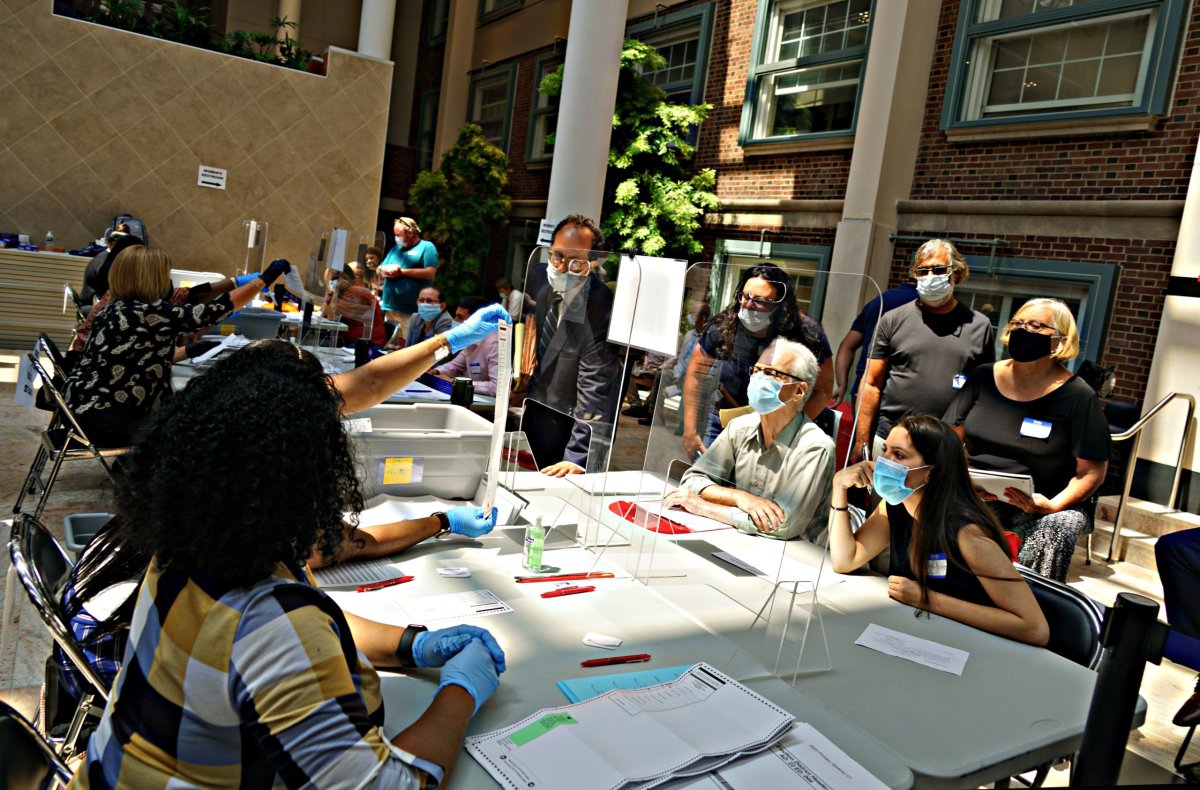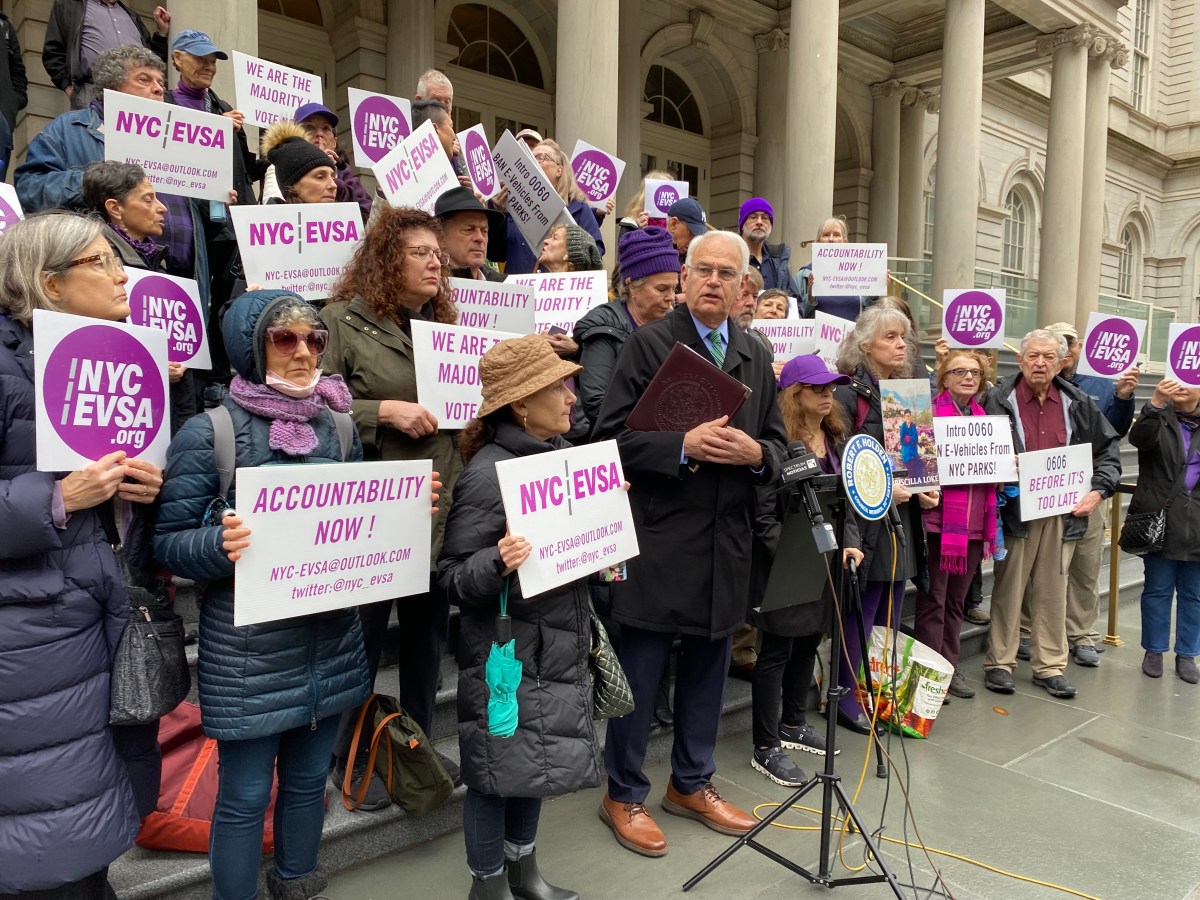Like nearly everything else this year, COVID-19 altered politics in Queens in 2020.
Despite changes to the election schedule, campaigns and voters’ priorities, Queens saw the election of a handful of new faces, the re-election of some old ones and the election of the borough’s first Black man as borough president.
Let’s take a look back at the highlights of politics in Queens this year.
Campaigning in a pandemic
In a presidential election year, the borough saw candidates upend proven campaign practices and shift their messages online. As the pandemic forced people into their homes and away from others, connecting with voters became more difficult, but more important than ever, as local action to slow the spread of the virus and counter its effects became dire.
Rather than handing out leaflets, some candidates running for office in Queens began handing out food.
“The first thing that changed is that we focused on getting emergency supplies to individuals,” said Anthony Miranda, who ran for Queens borough president this year.
According to several people who ran for office this year, the pandemic only reinforced their passion for the issues they were campaigning on prior to the virus.
“My platform is for universal healthcare,” said Jessica González-Rojas, who will take office in the New York State Assembly for the first time in January after winning her election in District 34. “They say the virus doesn’t discriminate but it does. Health inequalities are multiplied for people of color and low-income communities. That’s something I’ve been fighting my entire life.”
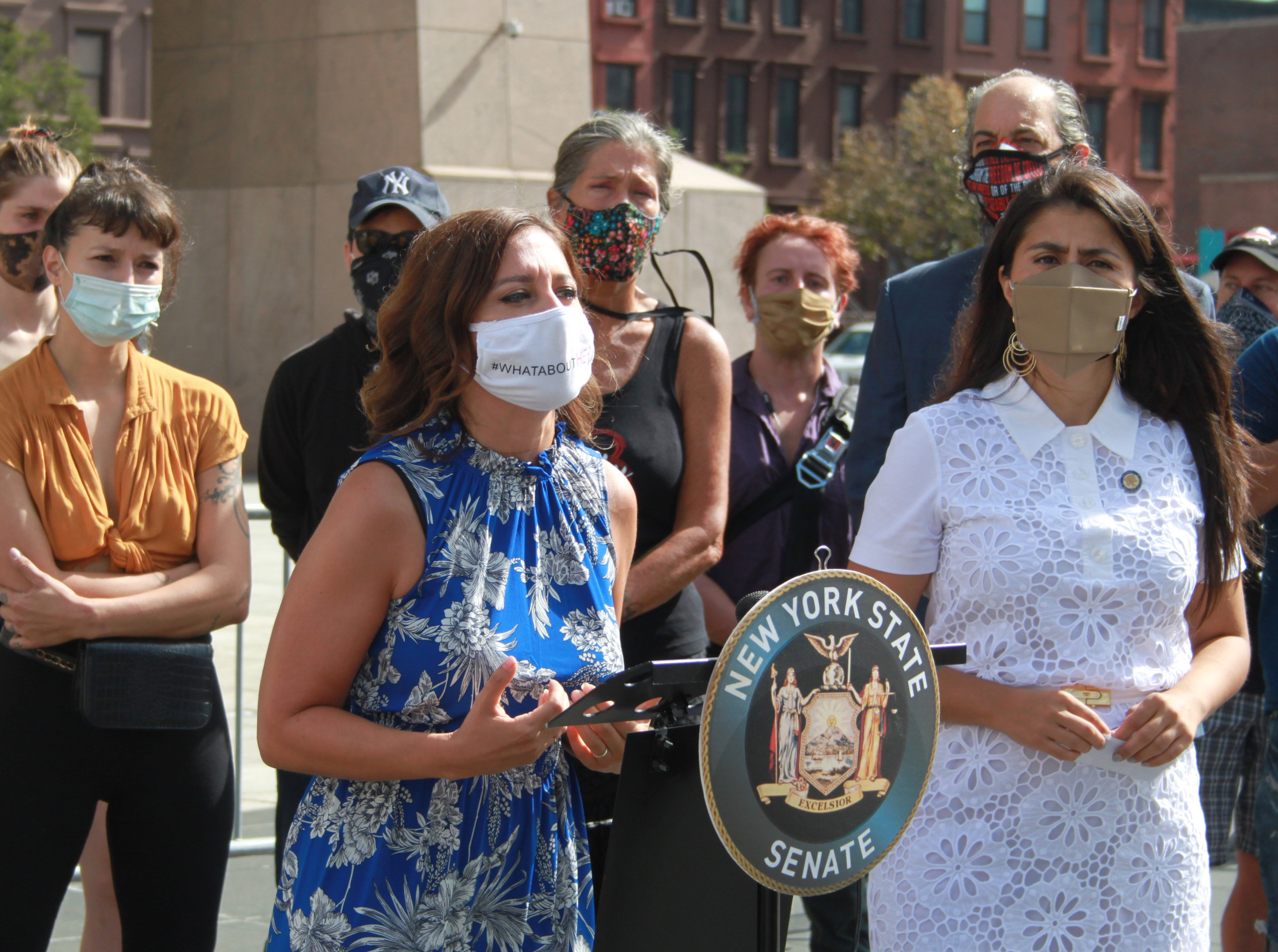
Despite making changes to the election schedule in an effort to slow the spread of the virus, primaries in the borough were still held in June. The elections saw a solidification of some of the trends Queens had been experiencing prior to the pandemic.
Like Congresswoman Alexandria Ocasio-Cortez before them, a handful of first-time progressive candidates, including González-Rojas, knocked off longtime incumbents in the June primary.
In northwest Queens, Democratic Socialist of America member Zohran Mamdani narrowly beat out incumbent Aravella Simotas. He’ll represent Astoria in the Assembly beginning next year. González-Rojas bested Michael DenDekker, who served in the office since 2009.
Though not a first-time candidate, Jenifer Rajkumar defeated incumbent Mike Miller in the race to represent Glendale, Ozone Park, Richmond Hill, Ridgewood and Woodhaven.
Not only did campaigning look different this year, but election night did as well.
Similar to the presidential election, voters across the borough had to wait, sometimes for weeks, to hear the results of both the summer primaries and the fall general election. Increased use of absentee ballots and early voting — both utilized to slow the spread of COVID-19 — meant that the city’s Board of Elections officials had to count ballots in the weeks following election day.
Though the elongated count created some anxiety amongst candidates and voters alike, a clear winner for each seat was eventually determined.
Queens picks a new borough president
On Jan. 6, 2020, Melinda Katz was sworn in as Queens district attorney, leaving the Queens borough president seat open. Though Sharon Lee took office as acting borough president, the race to fill the seat was on.
Initially, voters were to head to the polls in March to pick a new borough president in a special election. However, a few days after early voting for the race began and as COVID-19 began to infect more and more New Yorkers, the election was canceled.
Instead, residents would vote for borough president in June primary and elect a borough president in November, who would serve until January 2022, when Katz’s term was set to end.
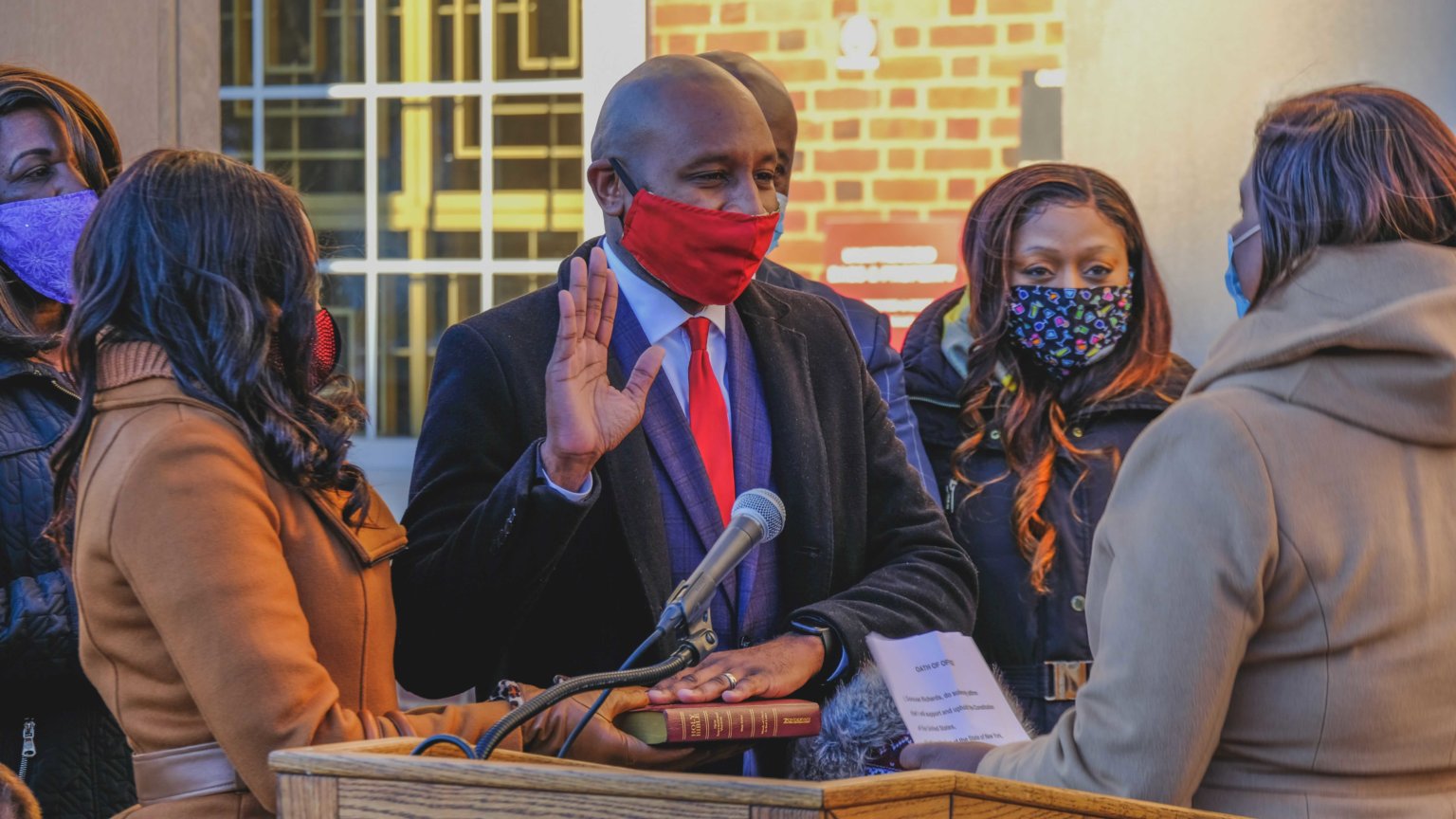
In the June primary, former Councilman Donovan Richards bested four other candidates, including former Councilwoman Elizabeth Crowley, retired NYPD Sergeant Anthony Miranda, Councilman Costa Constantinides and businessman Dao Yin.
Facing off against Republican challenger Joann Ariola, Richards won the November election handily and was sworn in as borough president — the first Black man to ever do so — on Dec. 2.
Looking forward to 2021
While COVID-19 may have made 2020 a hectic year in politics, 2021 isn’t looking to be any less chaotic.
Currently, there are more than 100 people running for City Council in Queens. The borough will also see two special elections in February – on Feb. 2, voters will replace Rory Lancman in District 24 and on Feb. 23, voters will replace Donovan Richards in District 31.
Next year will also see the implementation of ranked-choice voting, in which voters select their top five choices – ranked one through five – instead of only picking their top candidate.
The use of ranked-choice voting in the Feb. 2 special election, which will be the first time it is used in New York City, was recently challenged in court.
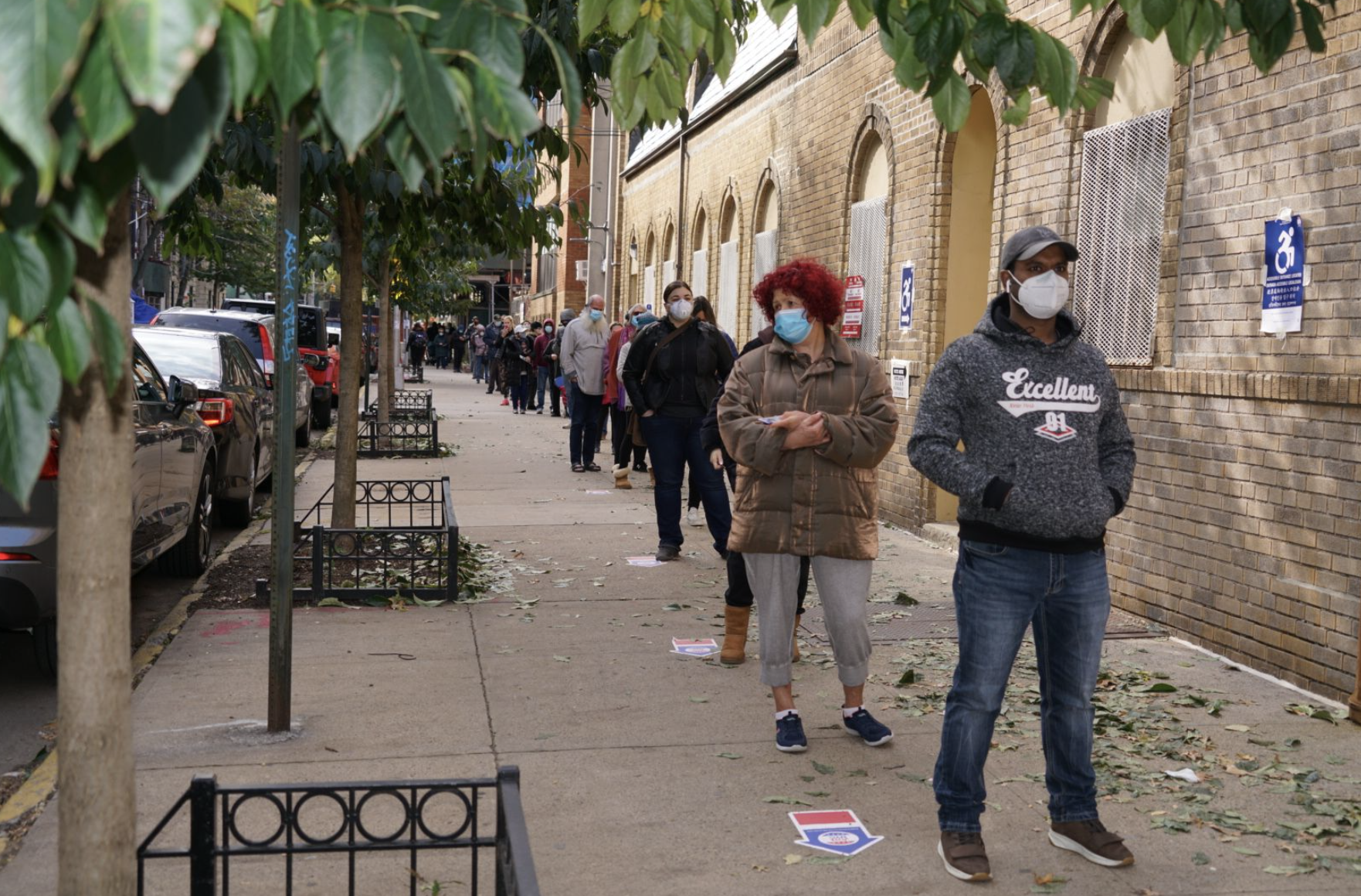
The complainants, which included Council members I. Daneek Miller and Adrienne Adams, alleged that the city has not educated voters on the new system. Their lawsuit failed in court last week.
Despite having just voted for a new borough president, voters will again vote for the borough’s executive this year.
Because Katz’s term was set to end in January 2022, residents will vote for borough president in the June primary and again in the November general election in 2021. The winner will take office when Katz’s term was to end.

